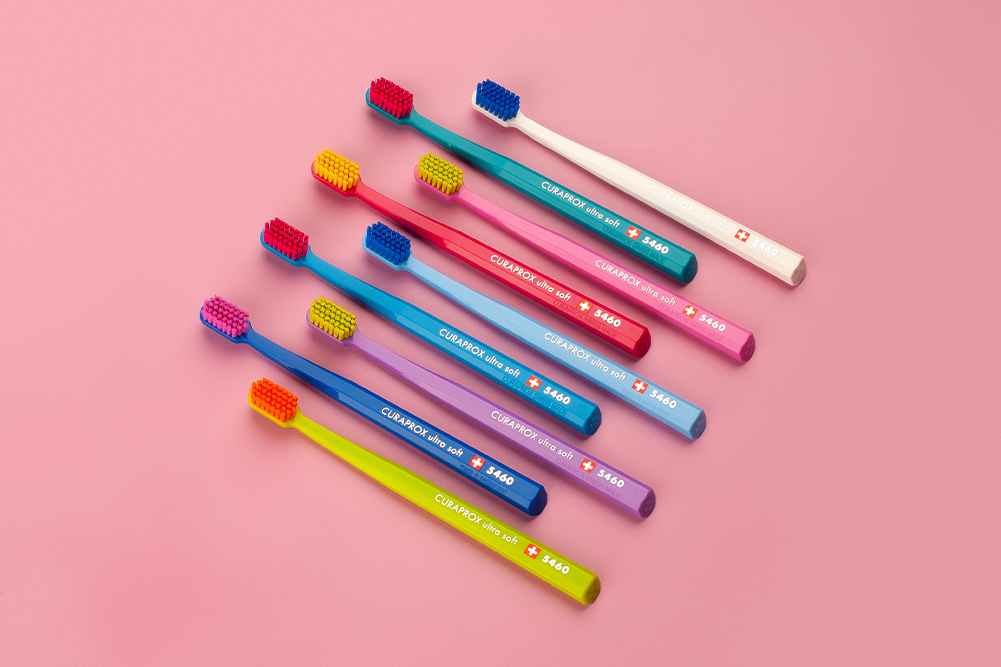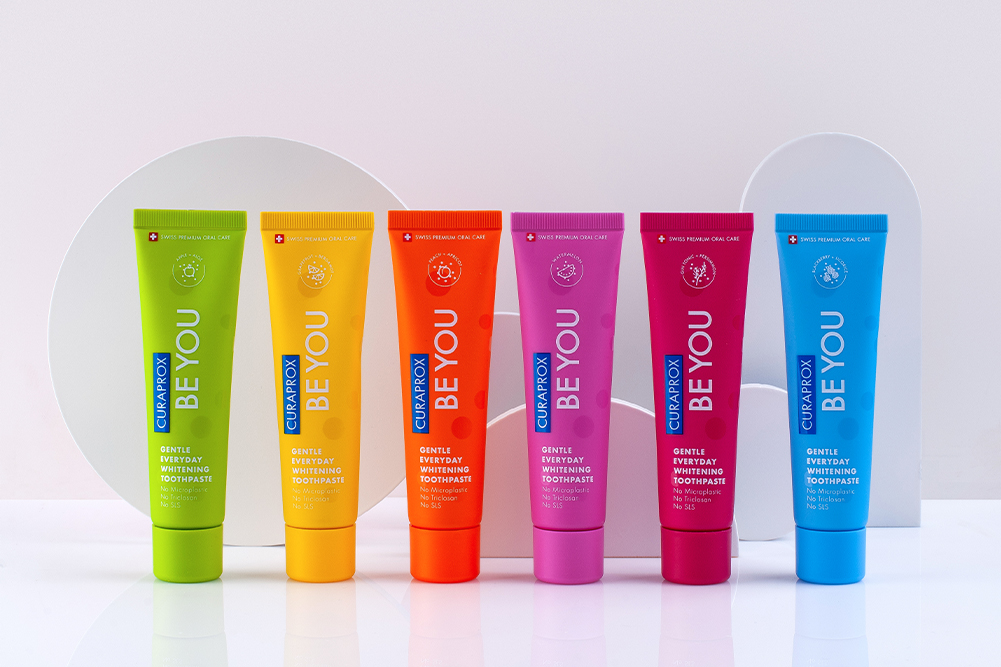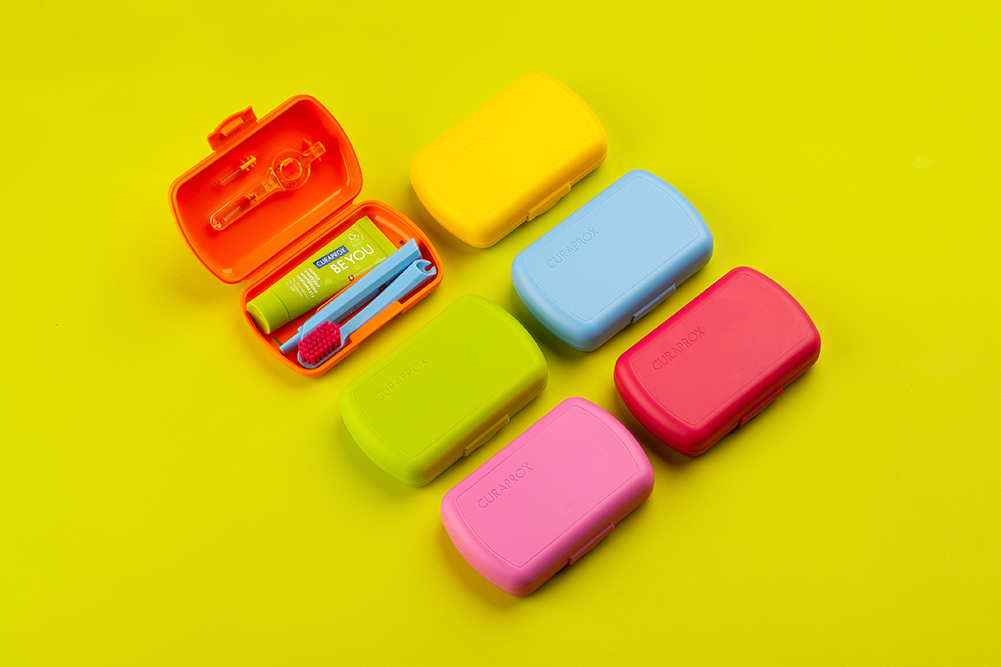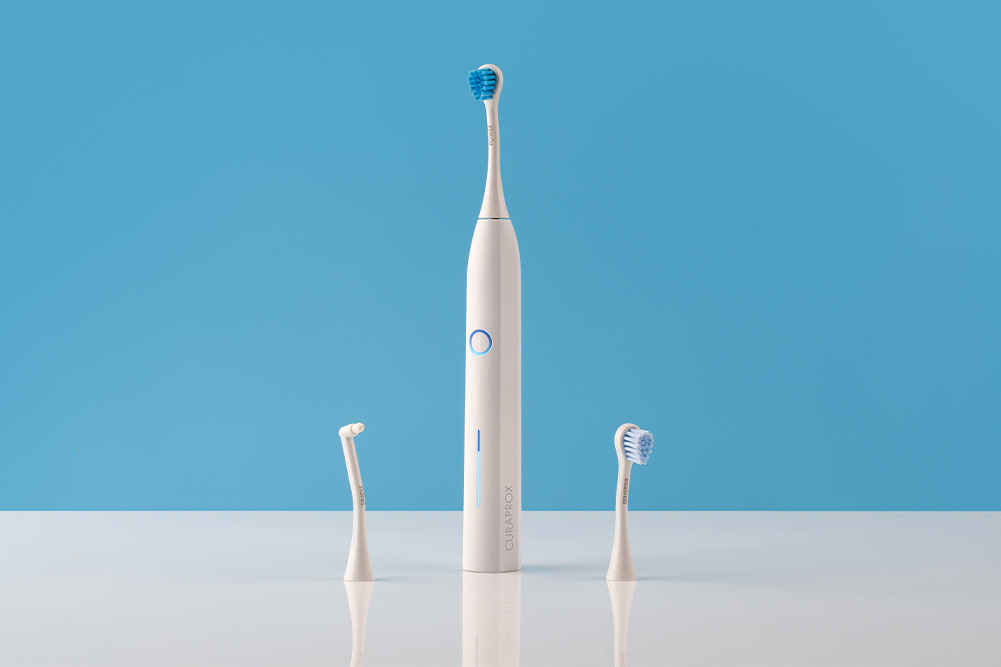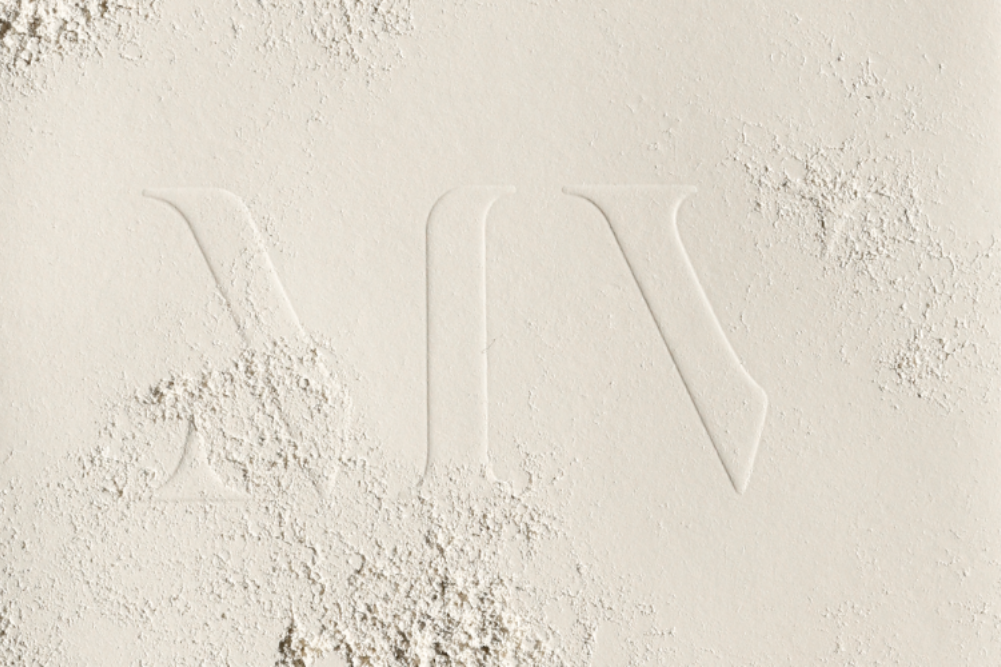Is barbary fig-seed oil good for your skin?
It’s easy to get caught up in the next anti-ageing hype: ingredients sourced from faraway lands that are said to plump, polish and perfect every pore. One of the most recent to land on this beauty bandwagon is Morocco’s barbary fig-seed oil, or prickly pear, an oil extracted from sweet fruits of the Opuntia ficus-indica, a species of cactus thought to be native to Mexico.
Called tunas, the fruit, which tastes like watermelon, ripen from August until October, at which time they’re peeled and eaten — seeds included. For thousands of years, Mexicans have used the fruit to make an alcoholic drink called colonche, while in the United States it’s favoured as cattle feed. Yet it’s the Moroccans who are showing the world that the barbary fig is more than just a local diet staple and taking advantage of this prickly plant’s anti-ageing potential. But just how effective is it compared to other oils, such as the country’s other export, argan?
Benefits of barbary
Unlike argan, the cactus and its fruit aren’t endangered, making it a popular alternative for producers and exporters who aren’t faced with an ethical dilemma as the ingredient’s popularity rises. It is also said to pack a big antioxidant punch thanks to its high levels of vitamin E, a beauty industry favourite due to its scar-healing and skin-soothing abilities.
Also rich in deeply moisturising linoleic acid, which makes up 60 per cent of the oil, it easily penetrates the epidermis (the outer layer of the skin), making it a good choice for use in moisturisers and other skincare products.
According to Victoria Fantauzzi, who produces organic argan and barbary-based skincare range La Bella Figura, the benefits of barbary oil are “second to none”. “I came upon this oil in research and found it to be more beneficial in repair and healing than argan oil,” she says. “It actually contains more vitamin E than argan, as well as high levels of polyphenols. Its use, in my opinion, for cosmetic purposes supersedes any oil I have ever tried or used.”
Because of this high vitamin E content, the oil is absorbed into the skin rapidly, leaving no film or greasy residue. It is also said to resemble the skin’s natural oil chemistry, balancing out sebum production, which goes into overdrive when the skin has been stripped from overuse of products that contain harsh chemical ingredients. Researchers have also found no known contraindications.
Just as the cactus protects itself from the hot, dry elements, the oil from its fruit offers the skin a similar protection, promoting skin that’s supple, hydrated and smooth. Berber women have long known its benefits, using barbary fig-seed oil for centuries to protect their skin from harsh desert winds.
A growth industry
This celebrated beauty elixir doesn’t come cheap at about $1500 per litre, making it the most expensive oil on the market — purely thanks to the tiny amount that can be extracted from each prickly pear. Eight tonnes of barbary fig fruit are used to produce just one litre of the oil that’s used for cosmetic purposes, according to Karim Anegay, who heads the cactus program at the Economic Promotion Office in Southern Morocco.
However, the Moroccan government plans to step up production and expand plantations of the ancient cactus, which withstands harsh and extreme weather conditions, making it the perfect crop to farm in Morocco’s arid regions. The UN Development Program recently injected $1.7 million into the initiative, which is aiming to greatly multiply the current annual cultivation of 1.2 million tonnes of the fruit, planting 300,000 more square metres of cactus plants over the next five years.
Oils ain’t oils: what to look for
Choosing a product that uses high-quality barbary fig-seed oil is a must when stocking your Beauty cabinet. Look for brands that are not only certified organic but that also use a cold-press method to obtain the oil rather than harsh chemical solvents.
Highly processed oils, which are refined, bleached and deodorised, contain little to none of the benefits found in the barbary fig seed. Oil that has been highly processed will appear light yellow and almost clear, while a cold-pressed oil will be warmer and richer in colour.
Applying barbary fig-seed oil
Face
Great to use day or night, with barbary fig-seed oil a little goes a long way. Simply use 2–3 drops and smooth it around the face, including eyes and lips.
Body
Use just a few drops and massage into the neck and cleavage. It also makes for a super-hydrating all-over body moisturiser, while soothing dry skin of the feet and hands.
Hair
A dry-hair and split-ends saviour, about 10–15 drops of barbary fig-seed oil is all you need to apply throughout the hair to the ends. Leave to penetrate for about 30 minutes. Wash and rinse.
Shannon Dunn is a writer and eco beauty editor. Email her at shannon@ecobeautyeditor.com.
